10 Dumb things “Smart” people do when testing electricity
Follow articleHow do you feel about this article? Help us to provide better content for you.
Thank you! Your feedback has been received.
There was a problem submitting your feedback, please try again later.
What do you think of this article?
As an engineer, it has always been drilled into me to think safety first - from testing new product designs, to ensure users can’t be injured through normal operation or even during misuse, through to taking personal safety precautions, such as isolating the supply or wearing personal protection equipment (PPE), but I know from personal experiences sometimes too much haste and not enough pre-thought / planning can lead to shortcuts or skipping some of the most basic safety practices which is when injury can occur – see the article “don’t lift to listen” how a simple quick reaction of lifting an earmuff to hear your colleague can result in hearing loss !!
So it was interesting to come across an article from Fluke (click to download Fluke's original application note) on the top ten dumb things (supposedly) smart people do when testing electricity and over the years I’ve come across (or have seen) many of these in practice, with many of them happening just because of haste and carelessness (getting the job done when a production line is down), whereas in normal conditions these simple things would not be overlooked, so I’d like to share a few DO NOT do while testing rules, but also include other useful links to provide additional information like personal safety guide that lists the relevant products and also other suitable ranges :
- 1 - DO NOT - Replace the original fuse with a cheaper one.
Multimeters should be designed around the latest safety standards and that also includes the fuse within them – these high energy fuses are specially designed for use within a multimeter, so they pop and extinguish an arc before an overload hits your hand, so always replace it with an authorized fuse like (301-2416) , there are imitations on the market so always purchase from a reputable company.
- 2 - DO NOT - Use a bit of wire or metal to get around the fuse altogether.
Although you never seem to have a spare fuse with you when you need one (or the right size), it has generally blown for a reason (protecting you and the meter), so never be tempted with a quick fix of shorting the fuse out, as this could be all that ends up between you and a surge headed your way.
- 3 - DO NOT - Use the wrong test tool for the job.
There are a lot of multimeters on the market, so it’s important you are using one that meets the requirements of the task (measurement) being carried out (even if it means changing the multimeter throughout the day), as each multimeter has a CAT rating (according to IAW IEC/EN 61010-031) as illustrated in the table below:
- 4 - DO NOT - Grab the cheapest DMM on the rack.
Simply grabbing a cheap multimeter and expecting it to do the job may not be the best decision, as it may not have all the safety features needed, so make sure it meets the safety CAT rating for the task (see above) and conforms to the IEC/EN 61010-031 standard.
- 5 - DO NOT – Forget your safety glasses.
It’s important to remember to wear your safety glasses and not leave them in your pocket or toolbox and this goes for all personal protective equipment (PPE) – here’s a useful selection guide for Personal Protective Equipment
- 6 - DO NOT - Work on a live circuit.
Wherever possible de-energize the circuit, but if the situation dictates working on a live circuit, then use properly insulated tools (473-350), use adequate personal protective equipment (see above), remove watches and jewellery and stand on insulated matting (see Matting Selection Guide for more information):
- 7 - DO NOT - Fail to use proper lockout/tag-out procedures.
Make sure you use Lockouts and Tagouts (LOTO) for electrical safety and don’t risk someone re-energizing the equipment - here’s an overview of products: Locking-out electrical safety hazards
- 8 - DO NOT – Multi-task while measuring.
When working with live circuits, try not to hold the meter in one hand and while using your other hand for testing, as in transient situations that could create a path to ground through your heart, hang or rest the meter if possible or use a multimeter with wireless read-out like Fluke 233 (669-8313) to get the meter out of your hands and readings at eye level.
- 9 - DO NOT - Neglect your leads.
As with the multimeter itself, the safety of Test Leads are just as important and will also be designed to meet the latest safety standards, so make sure your leads:
- Match the CAT level of your multimeter and circuit your measuring
- Are double insulation
- Have shrouded input connectors
- Finger guards
- Don’t show signs of damage
- 10 - DO NOT - Hang onto your old test tool forever.
As safety standards are updated, so must the multimeters, so today’s test tools contain safety features unheard of even a few years ago and contain features that are worth the upgrade costs, such as making voltage and current measurement without leads using FieldSense Technology which used in the Fluke T6 (146-2605) and Fluke Connect which is a wireless measurement system that lets you stay in contact with your entire team without leaving the field as featured on the Fluke 3000 FC (811-1316) . Take a look at the latest range of multimeters from Fluke to help you make measurements safely:
- Fluke 178 (394-4492)
- Fluke 87-V (480-2355)
- Fluke 3000 FC (811-1316)
- Fluke 233 (669-8313)
- Fluke T6-600 200A ac 600V ac or dc (146-2607)
- Fluke T6-1000 200A ac 1000V ac or dc (146-2605)


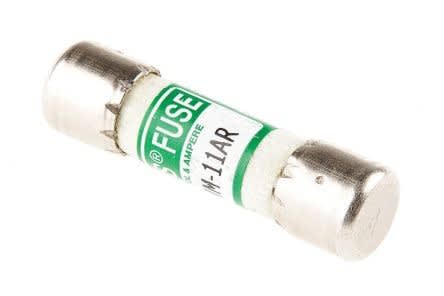

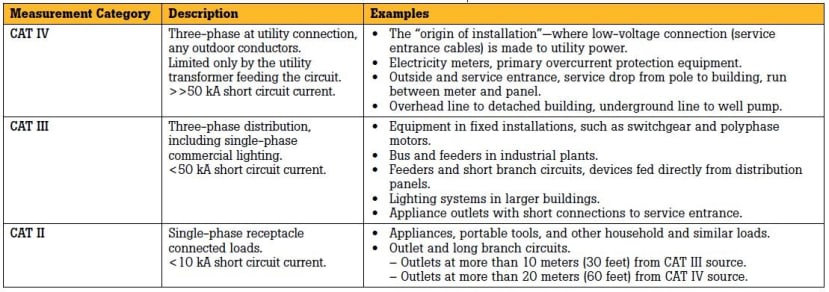
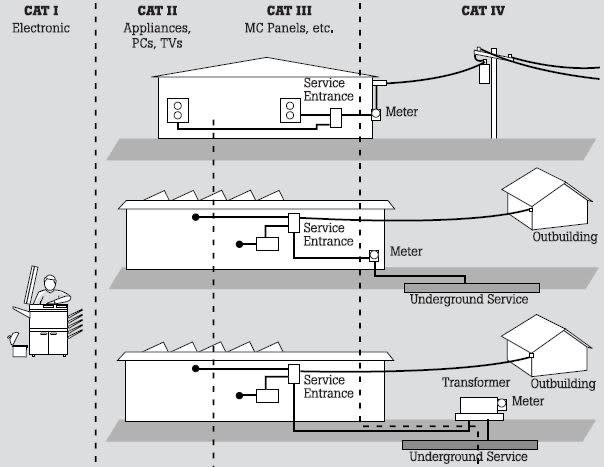
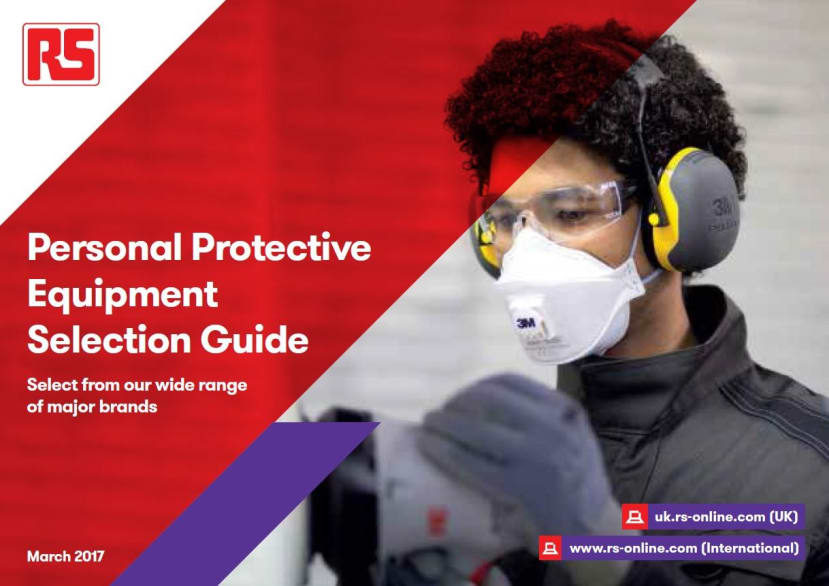
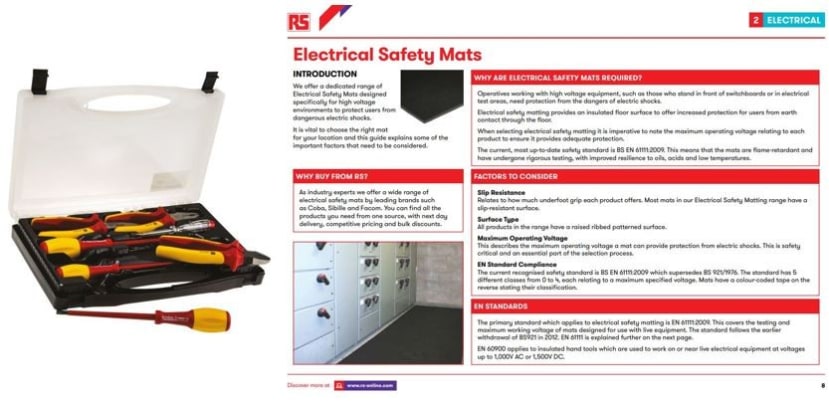


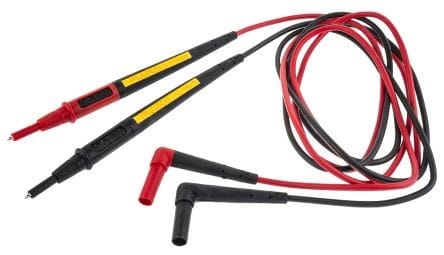
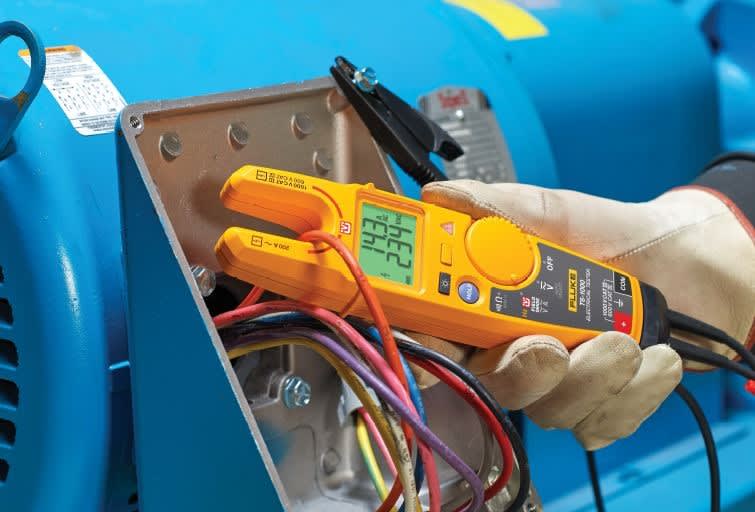
Comments